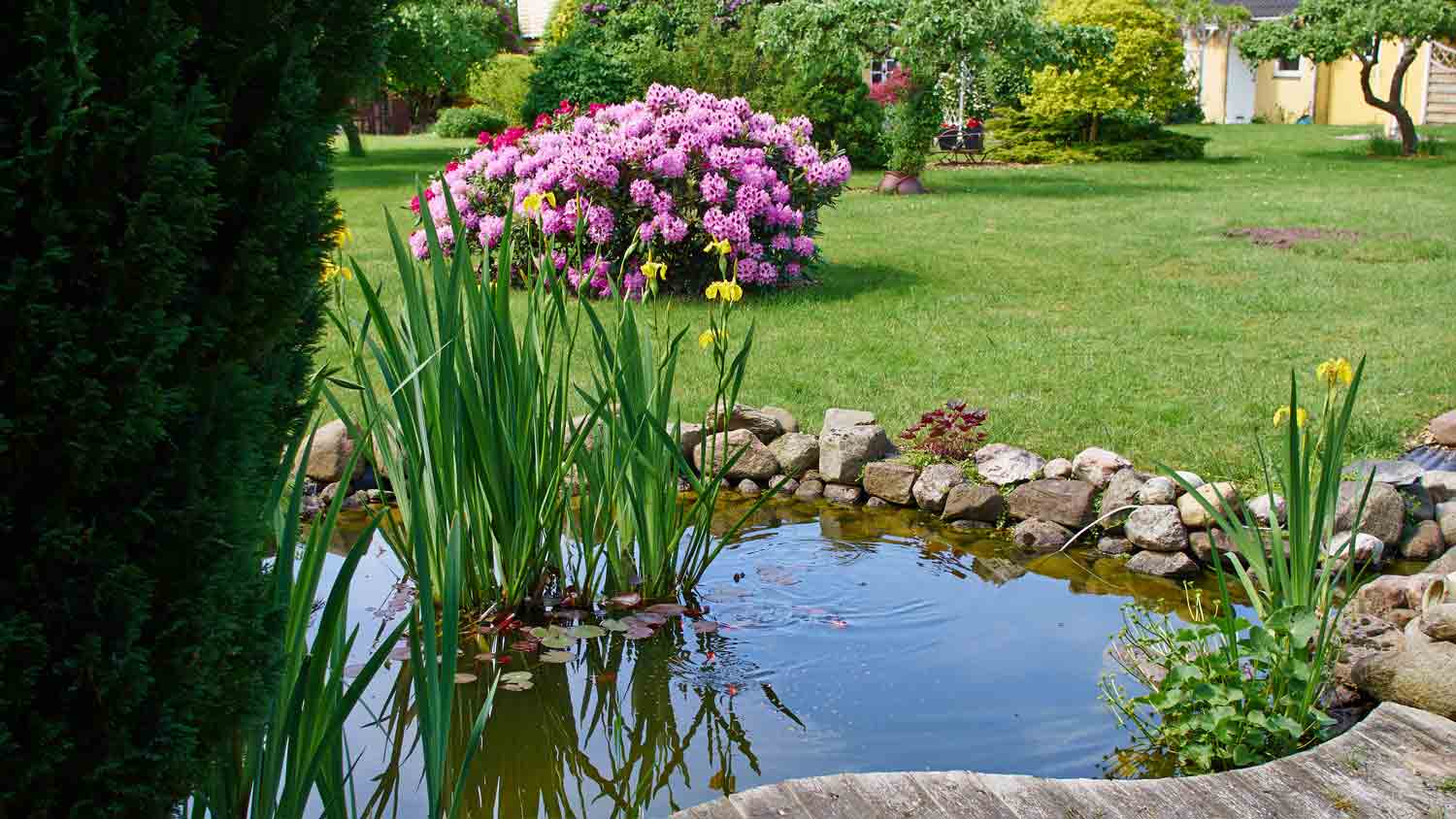
Xeriscape costs depend on materials, the size of your yard, and if you DIY. This guide will help you determine what your xeriscaping project will cost.
These tips will have birds and butterflies flocking to your yard


Most garden spaces can be improved by adding birds and butterflies to them. Not only do they add a layer of visual interest—watching birds through the window as they splash around in a birdbath can be fun for both you and your four-legged friends—but they can help improve your flower gardens. Birds and butterflies are prolific pollinators, which means their presence actually helps your garden grow. Let’s take a look at how you can attract more birds and butterflies to your yard.
A lot of birds are fond of skipping town once the mercury drops, so if you want to make sure your yard is a haven for them all year long (yes, even in the dead of winter when most of them have flown south), then you’ll need to make sure you’re giving them what they need. Put out seed, water, and birdhouses to make them feel at home. They’ll be especially thankful for the easy access to food and water in the cooler months, especially once there’s a layer of snow on the ground.
Both birds and butterflies have favorite foods. Make sure you’ve got plenty of it available for when your winged guests stop by. For birds, this means the seed and water mentioned above, but also planting the types of plants they love. For example, orioles love to nest in elm trees, and sparrows love willows and birch.
To attract butterflies to your garden, make sure you have a lot of colorful flowers that they can come and visit to collect nectar. Try planting a butterfly garden full of cosmos, zinnias, and other brightly-colored blooms.
Similar to how you should still remember to put out seed for birds in winter, you’ll want to make sure your yard accommodates each stage of a butterfly’s life cycle. That means you need to do more than just plant beautiful flowers. You’ll also need to leave your yard a bit messy in the “off” season so that they have places to lay their eggs, and then give them cover from birds while they’re in their larva and caterpillar stages. Which we understand can be kind of tricky if you’re also working to bring more birds to your yard!
Every ZIP code has a USDA Hardiness Zone. Search yours and find out what types of plants are native to your area and then go out and plant some. These plants are the ones that local birds and butterflies already need to survive, so if you add more of them to your yard, you’re likely to get more visitors stopping by to check them out.

Just like adding native plants, adding the plants that pollinators love will keep all sorts of winged (and some crawling) visitors coming back for more. You can often buy seed packets that contain a variety of plants that promise to bring a winged army to your yard. If you’re unsure of what to plant, a local landscaper can help you choose the right flowers for your yard.
Unfortunately, many common pest control chemicals and weed control options can be harmful to all sorts of wildlife. So, if you’re hoping to increase the number of surprise guests you get flocking to your garden this summer, you’ll want to cut back on (or cut out) toxic chemicals.
From average costs to expert advice, get all the answers you need to get your job done.

Xeriscape costs depend on materials, the size of your yard, and if you DIY. This guide will help you determine what your xeriscaping project will cost.

Leveling your yard can help with drainage and prevent damage to your home. Learn the cost to level a yard and what factors can affect the price.

We break down the cost to remove bamboo, which is slightly higher than other forms of tree removal. It's a difficult DIY task because of bamboo's hardy underground roots.

Wondering what’s the difference between artificial grass vs. turf and which one’s right for you? Get the pros and cons of each one here.

When building a pond, you’ll have to choose a pond liner, which come in various materials and sizes. So, what size pond liner do you need? Let’s break it down.

Do you tip landscapers? Talking about tipping is often seen as a taboo, but there are a lot of nuances to getting the numbers right. This guide can help.